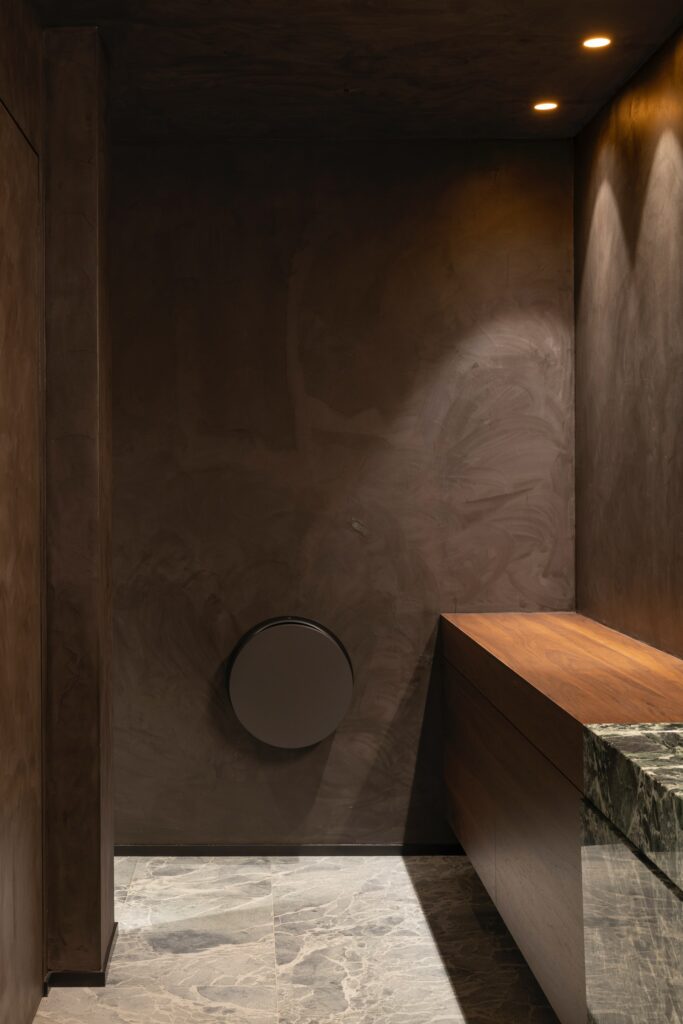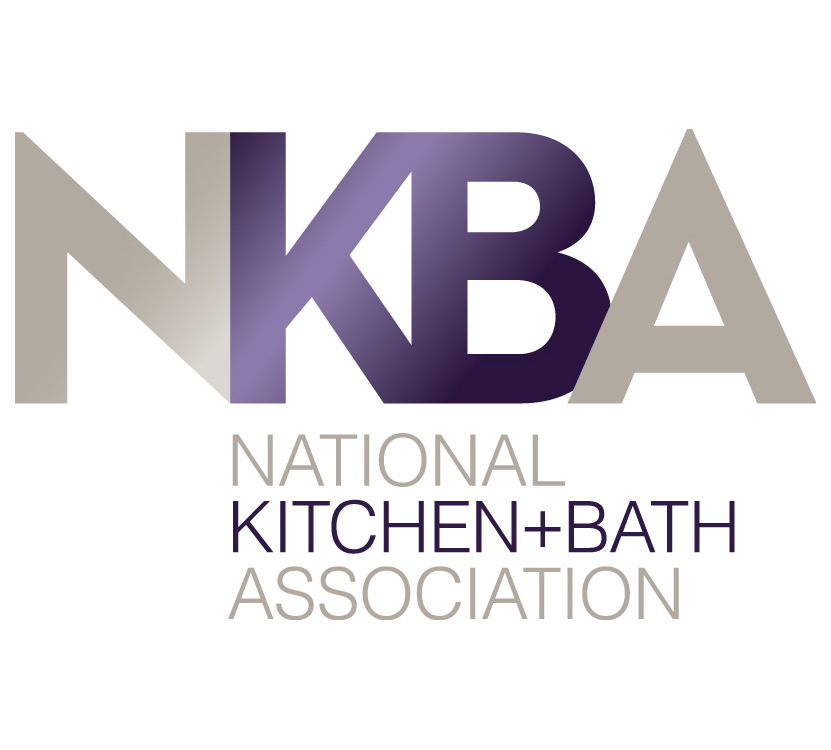
Granite and soapstone are two unique surface materials, each with a desirable set of qualities. In today’s post, Cosmos SurfacesTM takes a look at granite vs soapstone to help you decide which one is right for your space.
Granite
Durable, easy to clean and available in a wide range of gorgeous colors and patterns, granite is a classic crowd-pleaser. Let’s take a closer look at this popular stone and its properties:
What is Granite?
Granite is a type of magmatic rock, formed by the slow crystallization of magma deep beneath the Earth’s surface. The slow cooling process that occurs underground allows different minerals to form at different stages. As a result, granite typically has visible mineral grains. The types and amounts of minerals present in granite tend to determine its color.
Why We Love Granite
Granite has many useful properties that make it a reliable, beloved surface material in the home. The benefits of granite include the following:
- Granite comes in an array of striking patterns and colors, including white, pink, grey and black.
- Granite is easy to clean and maintain.
- Granite is highly durable and will last for a lifetime if properly cared for.
- Granite is heat-, crack- and scratch-resistant, making it a durable option for high-traffic areas like kitchens.
Soapstone
This charming underdog of the surfacing world comes with its own unique set of properties that just might make it the match of your dreams.
What is Soapstone?
Soapstone, named for its “soapy” feel, comes from the mineral talc. Talc is the softest mineral on Earth, measuring a 1 on the Mohs hardness scale. The amount of talc in soapstone varies, which means the overall hardness of the stone will vary as well. The less talc present in the stone, the harder it will be, with the remaining composition of soapstone including harder minerals like chlorite, magnesite and amphibole. This broad variation in potential mineral components and their percentages makes soapstone more of a family of stones.
Why We Love Soapstone
Soapstone can be used for sinks, countertops, floors, hearths, stoves and more. Let’s take a closer look at three of its most impressive attributes:
- Soapstone is highly heat-resistant and can even retain heat, making it an excellent choice for a hearth or fireplace. The stone is capable of absorbing, retaining and radiating warmth long after a fire has gone out.
- Soapstone is resistant to acids due to its talc component, which is chemically inactive. This property, along with its heat resistance, translates well into the kitchen, where it is commonly used for countertops, islands and kitchen sinks.
- Soapstone is very dense, which makes it highly resistant to staining. The talc it contains is hydrophobic, which means it actually repels water. The dense composition of small minerals that makes up soapstone means it will not absorb liquids or harbor bacteria and therefore doesn’t need to be sealed.
Granite Vs. Soapstone: Key Differences
Now that we know a bit more about each material, let’s look at the key differences between them:
- Hardness: Granite is hard and able to stand up to a great deal of wear and tear. This makes it an excellent choice for high-traffic kitchen countertops, bathrooms and other frequently used areas. Soapstone, on the other hand, is much softer and will show scratches, chips and gouges more easily. Although these can be fixed (as we’ll discuss in a moment), it is a factor to consider.
- Finish: Unlike granite, soapstone cannot be polished to a glossy finish and instead retains a soft, warm glow.
- Sealing: Granite requires proper sealing, while soapstone does not require sealing at all.
Maintenance Differences
Granite can be cleaned with a neutral cleaner or a dedicated natural stone cleaner. Regular care includes wiping up spills as quickly as possible, using cutting boards, coasters, trivets and cooling racks and wiping up excess moisture around areas like faucets. Granite surfaces require proper sealing to prevent stain and odor-causing moisture from being absorbed into the stone. With the right daily maintenance, a good sealer can last for up to ten years, so while sealing isn’t something you’ll have to deal with too often, it is an extra maintenance step to be aware of.
Soapstone is a great choice for those who want the option of DIY maintenance. Since soapstone lacks the hardness of granite, it might take on scratches, chips or gouges from everyday wear and tear or accidents. Small scratches can be removed with a coat of mineral oil, while larger marks can be removed with sandpaper. Large gouges can be filled with a mixture of stone chips and epoxy, making soapstone a user-friendly option when it comes to DIY repairs. Lastly, soapstone looks best when it is oiled with a thin layer of mineral oil to ensure consistent coloring and to keep it looking vibrant.
Work with Cosmos!
If you have questions about which surface material is best suited to your needs and budget, reach out to Cosmos SurfacesTM today! We offer a wide selection of natural stone and our team of experts is always happy to help!
Color of the Month: Lava Blue
This month’s featured trending color is Lava Blue! Neutral, dark blue with violet undertones calls to mind the power and beauty of the Earth’s natural forces. Pair with white or off-white to create a stunning accent wall, or design your foyer or dining room with this rich, welcoming blue in mind.
Java Blue is a compilation of several blues and soft crystal color. Primarily a calming light blue, Java Blue is cut through with streaks and spots of navy and gold. Upon closer inspection, the crystals are apparent and beautiful. Java Blue is great for aquatic environments and looks great poolside as a fountain, waterfall, or exterior countertop. Quartzite is resistant to scratching, staining, and fading, and the beauty is unmatched.












